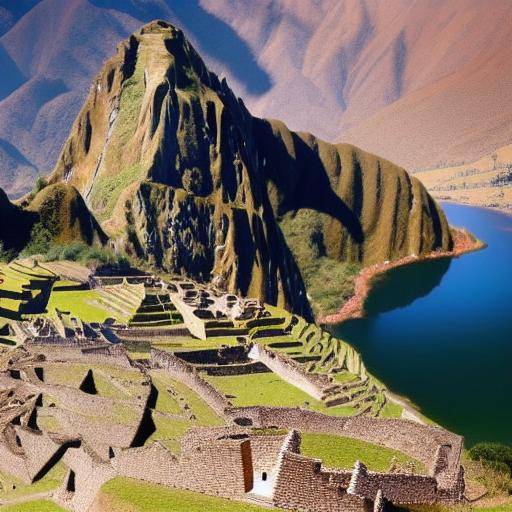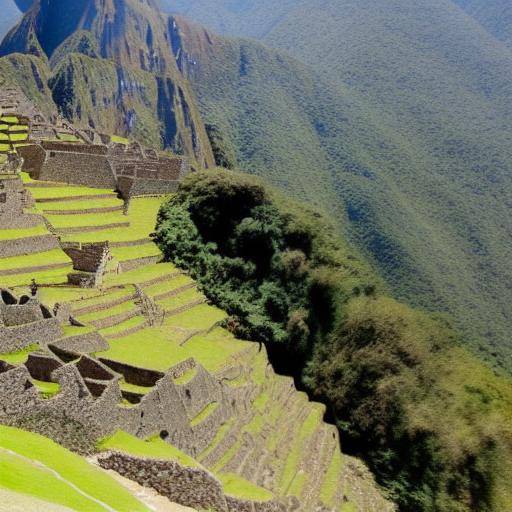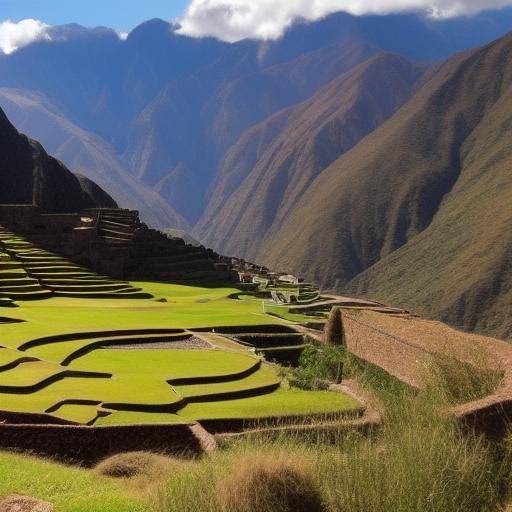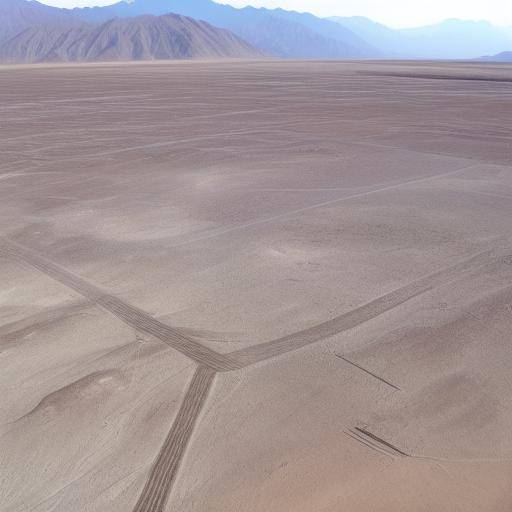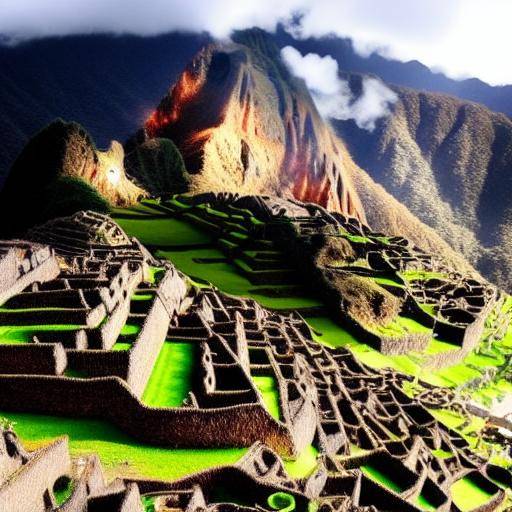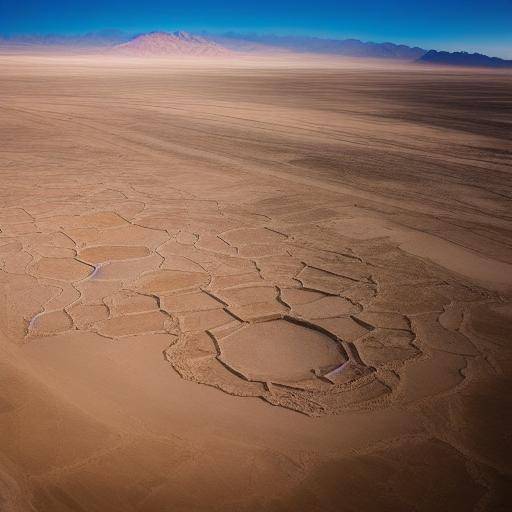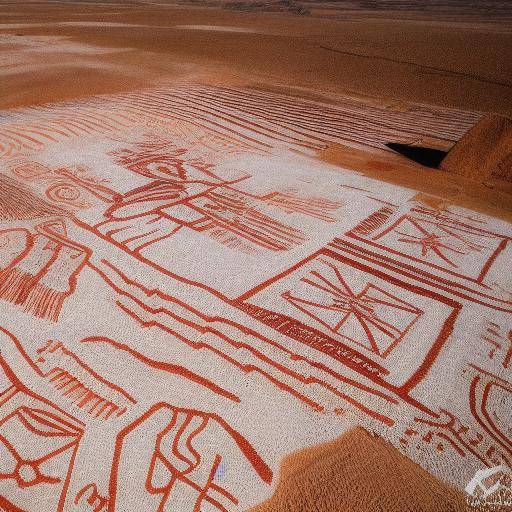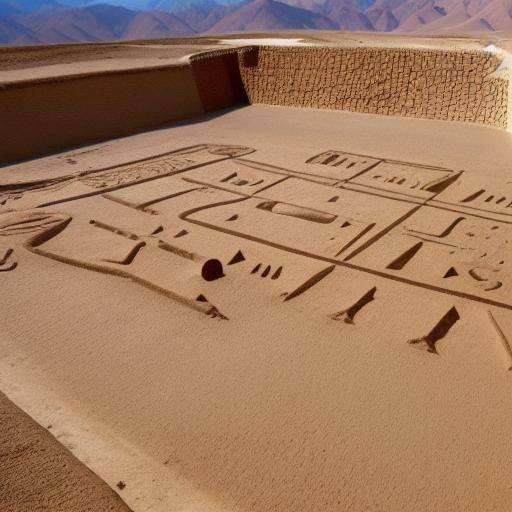
The mysterious Nazca Lines are an intriguing archaeological enigma found in the Nazca Desert in Peru, representing a wonderful manifestation of astronomical knowledge, artistic skill and the profound spirituality of Andean culture. In this article, we will explore fascinating history, cultural significance and valuable lessons offered by the Nazca Lines.
Discovering the Nazca Lines
The lines and geoglyphs of Nazca extend along approximately 450 square kilometers in the Pampa de San José, a large plain between the cities of Nazca and Palpa in the Peruvian desert. These designs of enormous dimensions, some of them reaching kilometers in length, represent geometric figures, animals and plants.
La Rica Herencia Cultural Peruana
This magnificent archaeological remains gives us a window to the past of Peruvian culture, revealing how the former inhabitants of the region reflected their knowledge, beliefs and worldview on the earth itself. The Nazca Lines are intertwined with the Andean cosmovision, mythology, astronomy and the complex relationship of the ancient Peruvians with their natural and spiritual environment.
Rupestre Art and Astronomy
The figures represented on the Nazca Lines, such as the hummingbird, the monkey, the ditch bird and others, have a close relationship with Andean mythology and astronomical observation. The ancient inhabitants of the region used these geoglyphs as markers of the movements of the sun, moon and stars, integrating them into their complex system of astronomical beliefs and rituals.
Exploring Mystery and Meaning
The method used to trace these huge figures, as well as the purpose behind their creation, remains the subject of intense debate and speculation between archaeologists and scientists. Were they created for religious, astronomical purposes, to mark the presence of water in the subsoil, or perhaps to be seen from heaven by deities? Regardless of the theories, the Nazca Lines awake a deep sense of admiration and astonishment for the technical skills and ancestral knowledge of their creators.
Present and Future of the Nazca Lines
The preservation of the Nazca Lines has become an important concern, as factors such as climate change, uncontrolled tourism and human activity can endanger the integrity of these valuable creations. Local and international organizations work tirelessly to safeguard and ensure their conservation for future generations.
Conclusion
The Nazca Lines are an invaluable heritage that connects us with the skills and knowledge of ancient Peruvian civilizations. To study, preserve and understand the cultural and archaeological lessons offered by these enigmatic figures is fundamental to appreciate and safeguard the wealth of Peruvian history. Discovering the meaning of the Nazca Lines is to embark on a journey to the ancestral knowledge of Peru, an adventure that continues to inspire and intrigue humanity.
Frequently asked questions
1. What is the purpose of the Nazca Lines?
The theories on the purpose of the Nazca Lines range from religious and cultural function to astronomical and ceremonial use. Although there is no definitive consensus, most research suggests that the lines had a ritual and mystical meaning for Nazca culture.
2. How are the Nazca Lines preserved?
The preservation of the Nazca Lines is crucial to protecting this historic heritage. Conservation measures have been implemented, such as the restriction of traffic on the area, monitoring and maintenance programmes, and efforts to control erosion caused by natural and human factors.
3. What is the importance of the Nazca Lines for Peruvian culture?
The Nazca Lines are a symbol of Peru's rich cultural heritage. They represent the technological skill and artistic creativity of ancient civilizations, as well as their deep connection with nature and the universe. They also attract visitors from around the world, contributing to tourism and the local economy.
4. How do the ancient inhabitants think they traced the Nazca Lines with such precision?
The precision with which the Nazca Lines were drawn has puzzled the researchers. Various theories have been proposed, ranging from the use of astrolabes and astronomical observation methods to the creation of large-scale maps on the ground.
5. Can you visit the Nazca Lines today?
Yes, the Nazca Lines are accessible for visits. However, measures have been implemented to limit the human impact on the site, such as access restrictions and specific routes for the routes.
6. What are some of the current challenges facing the Nazca Lines?
In addition to the physical preservation of the lines, current challenges include the management of sustainable tourism, the impact of climate change in the region and the balance between the promotion of the site and its protection.
This article has explored the Nazca Lines as a fascinating aspect of Peruvian culture, offering an enriching view of its historical and cultural significance. His legacy endures as a reminder of the deep connection between ancient civilizations and their environment, as well as a testimony of human skill and creativity. Maintaining the preservation and understanding of the Nazca Lines is essential to appreciate and protect the historical and cultural wealth of Peru.

